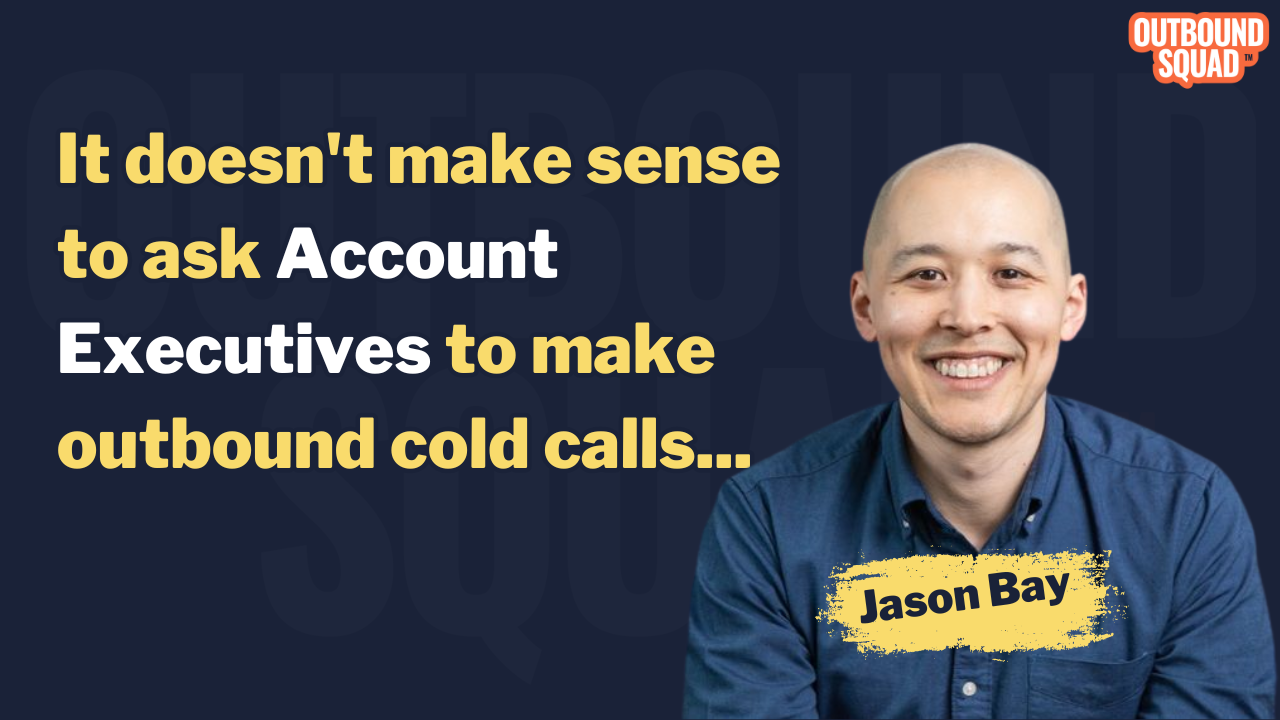
AE Self-Sourcing: 3 strategies to self-source more pipe
AE Self-Sourcing: 3 strategies to self-source more pipe
👇
The need for AE self-sourcing continues to grow. Get used to a world in 2024 and beyond where most AEs must source 40-50%+ of their pipeline to hit or exceed target.
Here are three simple strategies to implement with your team this month:
✅ #1: Leverage momentum and excitement
A hugely underrated strategy. Sales is all about momentum. And leveraging times when your energy and excitement are the highest.
→ Just closed a deal? Call into similar accounts.
→ Just landed a big meeting? Call into similar accounts.
→ CS just shared a big outcome your client got? Call into similar accounts.
→ On a role with a specific persona? Call into similar contacts.
Ride the high, baby!
Managers: When an AE closes a deal, ask: "How can you turn this momentum into another deal?!"
✅ #2: Work by industry/persona
Context switching burns up mental energy fast. Organize your outreach around specific plays, industry, and/or personas.
Let’s say your solution helps security, infosec, and operations leaders. Don’t run call blocks into all three personas at the same time. It’s too hard to get momentum.
Create daily/weekly themes. Dedicate specific buckets of time around a persona, industry, use case, or sales play.
✅ #3: Tag team accounts with your SDR
The best AEs know how to leverage their SDR counterparts. The strategy that works best is tag teaming the same accounts.
It helps when the SDR can do the heavy lifting around research and account mapping. And you can share the outbound responsibilities.
Here are some ideas you can try:
→ AE goes high, SDR goes low. You spend time on the more senior prospects and the SDR focuses on users/influencers.
→ Split by persona, industry, use case, account size, etc. This is a great way to work the same account at different angles
Managers: Help facilitate this process
Ready to chat?
.svg)
.svg)
.svg)
.png)


